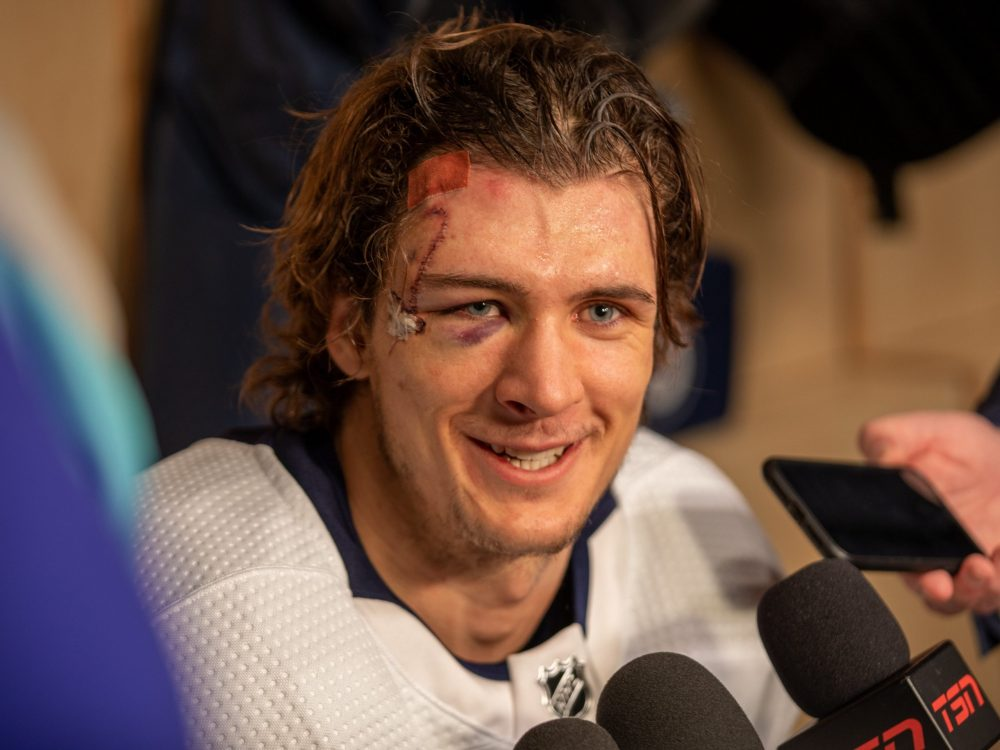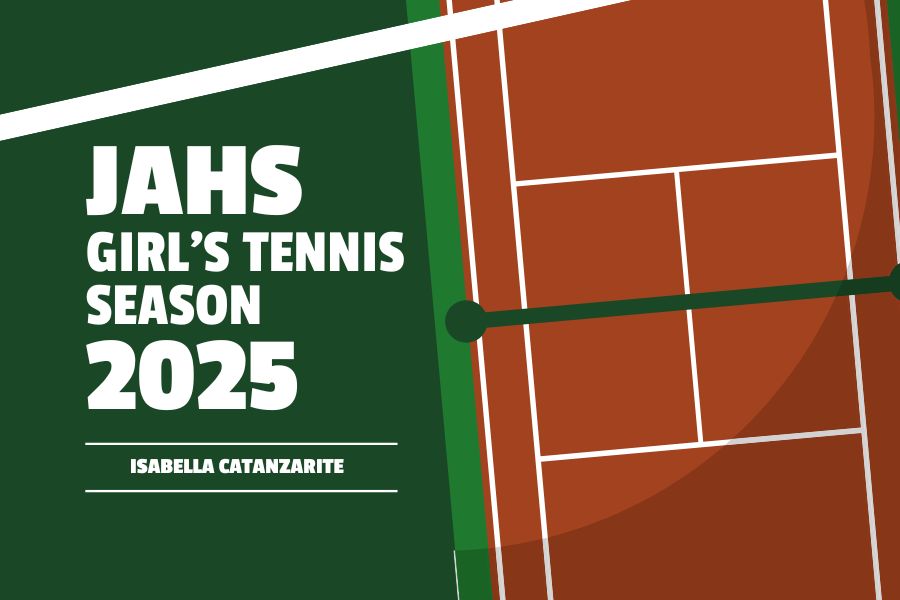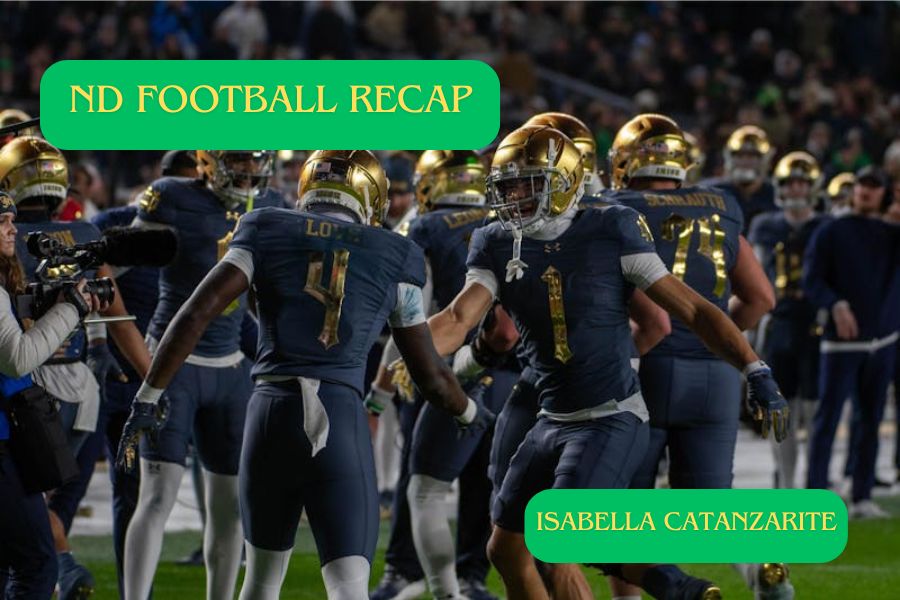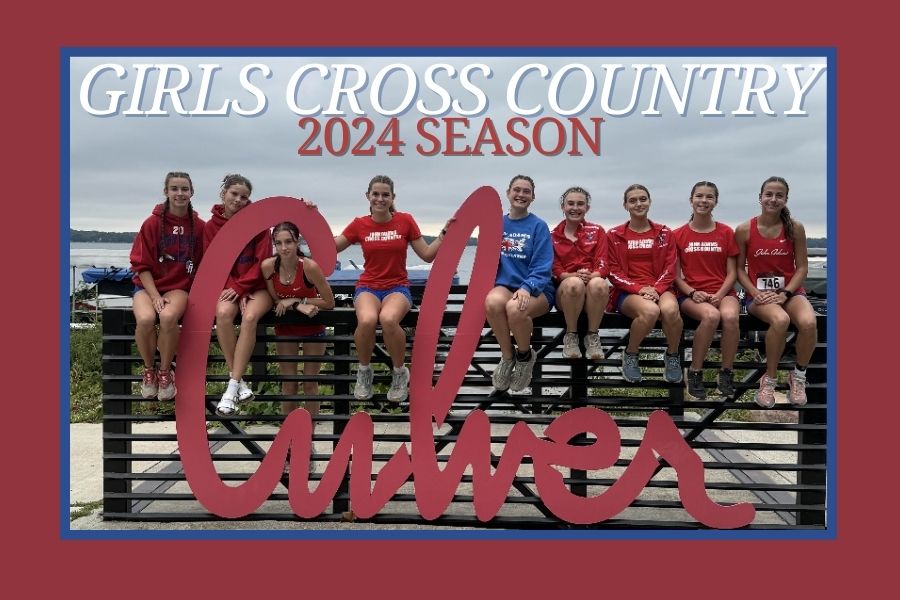“Hockey is an inherently dangerous sport.” Anyone that has ever been to a hockey game has heard this statement made by the arena PA announcer. It serves as a warning to fans to be aware of flying pucks and sticks that could find their way from the ice into the seating areas. This warning does not just apply to fans, however, as those that play this collision sport are in danger of injury whenever they take the ice. While there is no doubt that hockey players are tough, some things go beyond being tough. Take Morgan Barron, center for the Winnipeg Jets, who suffered a facial laceration from a goalie skate blade during a game in the first round of last season’s playoffs. The cut required 75 stitches and yet Barron returned to finish the game. Despite the toughness that these athletes show on a daily basis, the NHL, and all hockey leagues, should not disregard the fact that hockey exposes its participants to potential serious injuries. Leaders of the sport should do whatever they can to make it as safe as possible for its players, both amateur and professional.
While Barron was lucky to not have any structural or career-ending damage, he is one of many hockey players to suffer major cuts caused by skate blades. Barron’s cut along with so many others goes to show that the NHL and the sport have much work to do to prevent major injuries caused by skate blades.
Recently, Adam Johnson, a professional player in England and a U.S. intercollegiate hockey and NHL alumnus, tragically died after a skate blade cut his neck. Immediately afterwards, a debate sparked on whether the NHL and other leagues should mandate the wearing of cut protective neck guards. Because of the lack of regulations of neck guards, many hockey players avoid wearing them with the typical complaint that they are uncomfortable, serving as the main reason for not wearing one. While neck guards are required in youth play, Ontario Hockey League, and other junior leagues, they are not required in college, the NHL, the American Hockey League (AHL) and many leagues here and overseas. The Western Hockey League (WHL) in Canada became the first organization that didn’t already require neck guards to mandate them less than a week after Johnson’s death. While the NHL has yet to come out with a ruling, some players have taken it upon themselves to wear protective neck gear. USA Hockey recommends, but does not require, neck protection at all levels.
T.J. Oshie, a 16-year veteran and player for the Washington Capitals was one of the first NHL players to advocate for neck guards after the Johnson tragedy. Warroad Hockey Co., the company that he co-owns,sells a base layer that includes a neck guard which Oshie wore in the Capitals game against the Islanders on Thursday, Nov. 2. When asked about the choice to wear the neck guard, Oshie said simply, “I made the choice for my kids. I want to stick around for them.”
Yanni Gourde of the Seattle Kraken also wore a neck guard in his game against the Calgary Flames. While many other players throughout the NHL wore neck guards during morning skates or practices, Gourde and Oshie are the only two players to wear them in a game. In leagues outside of the NHL, the Providence Bruins of the AHL mandated that their players wear neck protection. While it is not a formal requirement from the league, that team has made an important move towards protecting their players.
Outside of players, television analysts have provided their own opinion on neck guards. Wayne Gretzky discussed the topic with the “NHL on TNT” cast, and gave his opinion, saying “Why take it off? Leave the neck guards on.” Referencing the fact that most youth hockey players are required to wear a neck guard and he sees no point in allowing players to stop wearing them when they reach a certain age.
In South Bend local youth hockey, the Irish Youth Hockey League (IYHL) travel teams are required by the Northern Illinois Hockey League (NIHL) to wear neck guards, but there are no official requirements for neck guards in house league hockey. High school hockey in Indiana, which is governed by a state association, also has no requirements for neck guards, despite the fact that just last year Teddy Balkind, a high school hockey player from Connecticut died from a skate blade cut similar to Johnson’s. Currently, most high school players do not wear neck guards.
Whether they are uncomfortable or not, safety should be the most important factor in youth, high school, junior and professional hockey leagues. Taking this into consideration all leagues should support the safety of their players and implement a policy that requires some form of neck protection to be worn. This will reduce the likelihood that the hockey community will face another tragedy during a game in which each player uses four razor-sharp skate edges in order to compete.










